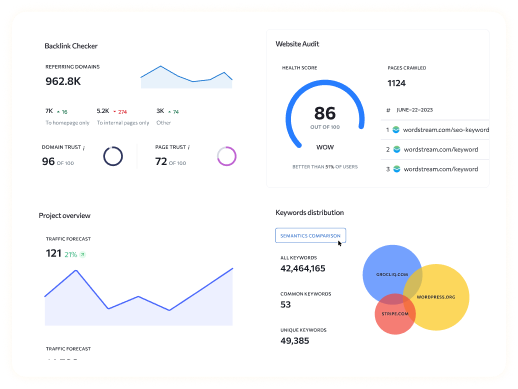iFrames, or inline frames, are HTML elements used to embed content from one webpage into another. While iFrames can be useful for integrating external content such as videos, maps, or widgets, they can also present challenges from an SEO perspective. Let’s explore whether iFrames negatively impact SEO and considerations to keep in mind.
Understanding iFrames in SEO
Impact on Crawling and Indexing
- Limited Indexability: Content within iFrames may not be fully indexed by search engines, as crawlers may struggle to access and interpret the embedded content.
- Content Isolation: Search engines may treat content within iFrames as separate entities from the hosting page, potentially impacting the overall relevance and context of the page.
User Experience and Performance
- Page Load Times: iFrames can increase page load times, especially if they contain heavy or slow-loading content, which can negatively impact user experience and SEO performance.
- Mobile Responsiveness: Some iFrames may not be fully responsive or mobile-friendly, leading to usability issues on mobile devices and potential SEO implications.
Considerations for SEO
Content Accessibility
- Ensure Accessibility: If using iFrames for important content, ensure that the content remains accessible and indexable by search engines. Provide alternative text or descriptions where possible.
Usability and User Experience
- Optimize Page Speed: Minimize the use of iFrames, especially for critical content, to improve page load times and enhance user experience.
- Mobile Compatibility: Test iFrames across various devices and screen sizes to ensure they are responsive and do not hinder mobile usability.
Alternative Solutions
- HTML Embedding: Whenever possible, consider embedding content directly into the HTML of the hosting page instead of using iFrames. This allows search engines to crawl and index the content more effectively.
- Structured Data: Use structured data markup, such as schema.org, to provide additional context and information about embedded content, helping search engines understand its relevance.
FAQs About iFrames and SEO
Q: Can iFrames be beneficial for SEO?
A: While iFrames can present challenges for SEO, they can also be beneficial for integrating third-party content or enhancing user experience. It’s essential to weigh the pros and cons and use them judiciously.
Q: How can I make content within iFrames more SEO-friendly?
A: Optimize the content within iFrames by providing descriptive titles, captions, and alternative text. Additionally, ensure that the hosting page provides context and relevant information about the embedded content.
Q: Do search engines completely ignore content within iFrames?
A: Search engines may not completely ignore content within iFrames, but they may prioritize content directly within the HTML of the hosting page. It’s important to ensure that critical content is accessible and indexable.
Q: Are there any alternatives to using iFrames for embedding content?
A: Yes, alternatives include HTML embedding, AJAX techniques, or server-side includes. Choose the method that best suits your needs while considering SEO implications and user experience.
Q: Can iFrames impact website rankings in search engine results?
A: While iFrames themselves may not directly impact rankings, their use can indirectly affect factors such as page load times, user experience, and content accessibility, which can influence rankings.



